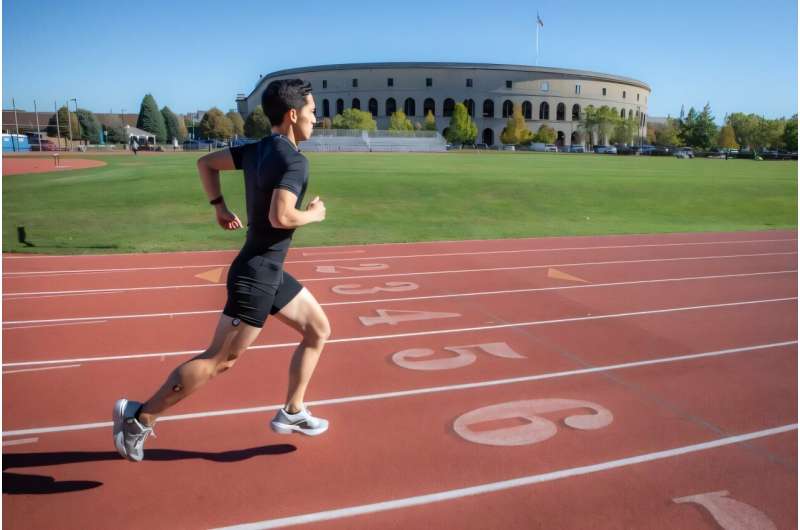These backward-forward, braking and propulsion forces a runner generates with each stride are closely associated with performance and injury. Biomechanics experts in the Harvard John A. Paulson School of Engineering and Applied Sciences (SEAS) think wearable sensor technology is poised to help runners better understand these forces and ultimately stay healthier.
A recent study in PLOS One from the lab of Conor Walsh, the Paul A. Maeder Professor of Engineering and Applied Sciences at SEAS, shows that simple, commercially available sensors worn on the body can provide useful data on what researchers call ground-reaction forces. These insights could open avenues to devices and products that deliver this data to users in real time.
“Wearable sensors, combined with machine learning, can accurately estimate the forces acting on a runner’s body—not just in the lab, but out in the real world,” said lead author Lauren Baker, a recent Ph.D. graduate from Walsh’s lab (and a runner herself).

